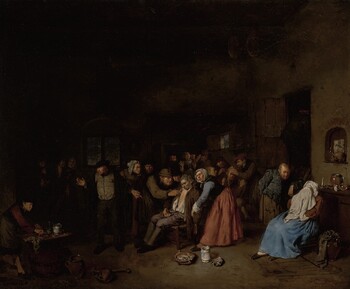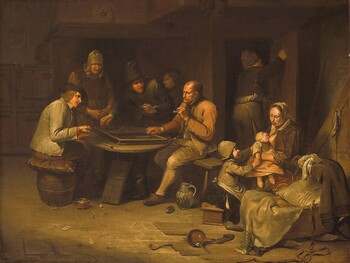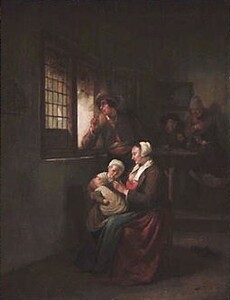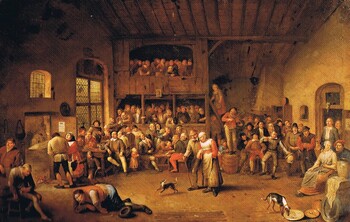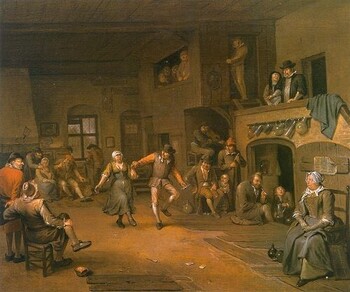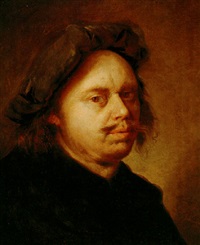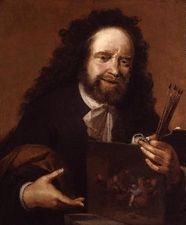Attributed to Egbert van Heemskerck I
According to the RKD, The Hague attributed to Egbert II
Portrait of Eegbert van Heemskerck I
Oil on canvas : 76,5 X 64 cm
Unsigned
London, National Portrait Gallery
This is a comparative item
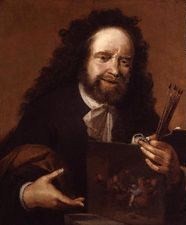
Painting for Sale
Comparative paintings
Click photos for more details

